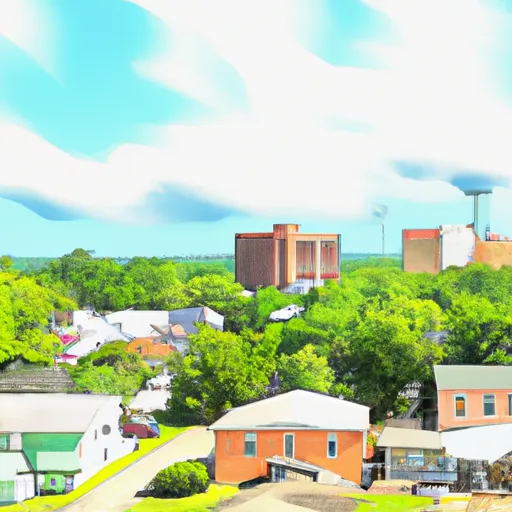°F
°F
mph
Windspeed
%
Humidity











Joppa, Alabama is a small rural community located in Cullman County. The town experiences a humid subtropical climate, characterized by hot, humid summers and mild winters. Average high temperatures in Joppa range from the mid-80s Fahrenheit in summer to the mid-50s in winter, while average lows vary from the mid-60s to the mid-30s. Precipitation is evenly distributed throughout the year, with an average annual rainfall of around 55 inches.
Joppa is surrounded by picturesque landscapes and is home to several water bodies, including Joppa Lake and the Mulberry Fork of the Black Warrior River. These hydrological constituents provide opportunities for activities such as fishing, boating, and kayaking. The area is also known for its lush forests, making it an ideal spot for hiking, camping, and wildlife observation. Outdoor enthusiasts can explore nearby Bankhead National Forest, which offers a variety of recreational activities including hiking trails, horseback riding, and hunting opportunities.
In conclusion, Joppa, Alabama offers a pleasant climate for outdoor activities throughout the year and boasts various hydrological constituents that provide ample opportunities for outdoor recreation.
Weather Forecast
Joppa receives approximately 1443mm of rain per year, with humidity levels near 85% and air temperatures averaging around 16°C. Joppa has a plant hardyness factor of 7, meaning plants and agriculture in this region tend to thrive during the non-winter months.
Regional Streamflow Levels
487
Cubic Feet Per Second
78
Cubic Feet Per Second
254
Cubic Feet Per Second
35
Cubic Feet Per Second
Nearby Camping
| Camping Area | Reservations | Toilets | Showers |
|---|---|---|---|
| Maxwell/Gunter AFB Military | |||
| Karick Lake Lower - Blackwater River State Forest | |||
| Prairie Creek | |||
| Gunter Hill | |||
| Open Pond Recreation Area | |||
| Karick Lake Upper - Blackwater River State Forest |



